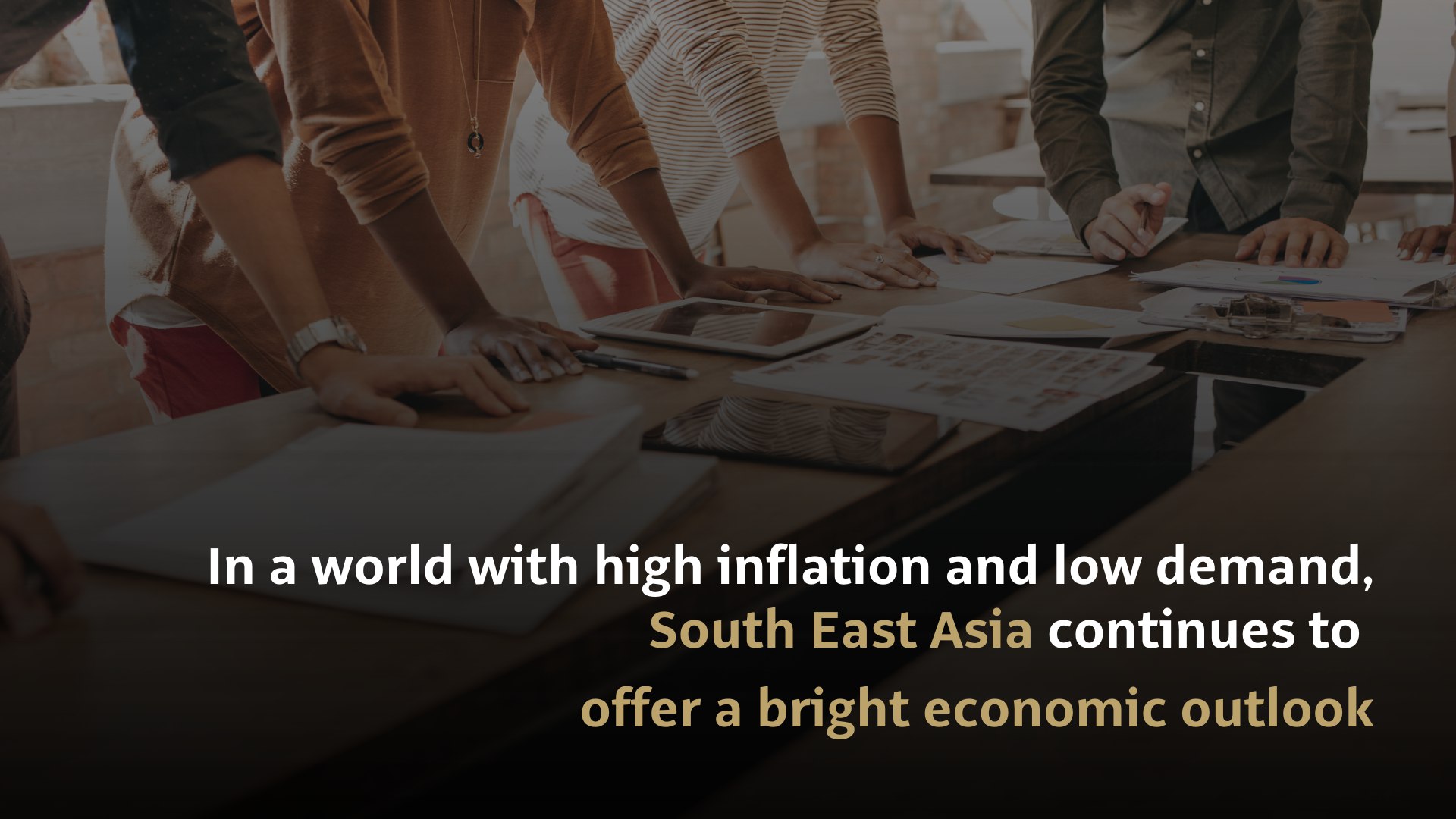In the world with high inflation and low demand, South East Asia continues to offer a bright economic outlook

According to Vietnam News Agency VNA's article, published by the Tokyo Business Journal on July 25, HSBC predicted that six of South East Asia's biggest economies Indonesia, Thailand, Malaysia, Philippines, Singapore and Vietnam would be growing 4.2 percent this year and 4.8 percent next year. This pace, which is predicted to grow by 1.1 percent in 2023 and a further growth rate of 0.7 percent next year, would be far beyond the global expansion projected for that period.
This increase is even more impressive when considering the fact that China's tourism funds have not returned to South East Asia as expected. A revival of tourism in South East Asia would obviously be a good thing for the region.
Meanwhile, for decades to come, regional economic growth is expected to be fueled by trade, the transition towards net zero and digital transformations in order to keep this dynamic region at the forefront of global growth. The article noted, too, that South East Asia had made great progress as an industrial dynamo.
It is up to 8 per cent of global exports and has overtaken the European Union as China's largest trading partner since 2020. As the region is at the crossroads of two of the world's largest free trade agreements, the Regional Comprehensive Economic Partnership and the Comprehensive and Progressive Agreement for the Trans Pacific Partnership, it is benefiting from a restructuring of global supply chains, VNA reported.
Over the next one to two years, according to a recent HSBC survey, Asia Pacific companies plan to base 24.4 per cent of their supply chains in South East Asia, up from 21.4 per cent in 2020. South East Asia will continue to gain market share, with more companies diversifying and taking a production strategy based on the "China+1" model.
As manufacturing's center of gravity remains shifted, a greater emphasis will be placed upon the region in terms of worldwide FDI. As South East Asia races to green its energy system, the transition toward net zero provides a second structural trend that is providing immense opportunities for growth and development.
Since fossil fuels account for most of the energy used to power South East Asia, it is encouraging to see that Vietnam and Indonesia, two of the world's top coal-burning countries and two of the region's most dynamic economies, have each announced Just Energy Transition Partnerships with the Group of Seven and other developed nations. This new financing model will raise tens of billions of dollars from both state and private sources with a view to driving the decarbonization of energy sectors across these two countries, facilitating their shift towards more environmentally friendly energies.
The Digital Transformation of the South East Asian Economy is another source of long-term optimism for this region, it added. The South East Asian region is already developing a dynamic Digital Economy which, according to this year's data, reached nearly $200 billion RM911 billion and by 2025 it could reach US$300 billion in size.
Also, there are 460 million internet users in the world, and that is what makes it clear why companies have changed business models to adapt to change customer behaviour. South East Asia is well placed to take advantage of these long-term trends, as an economic power with favourable demographics, the article read.